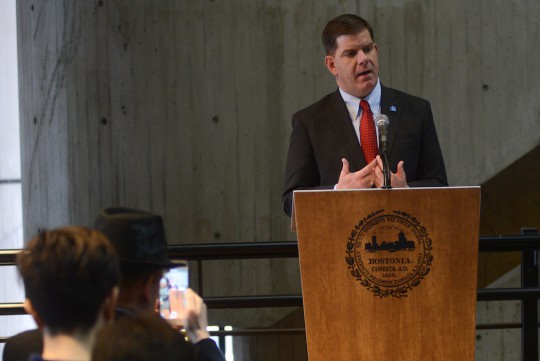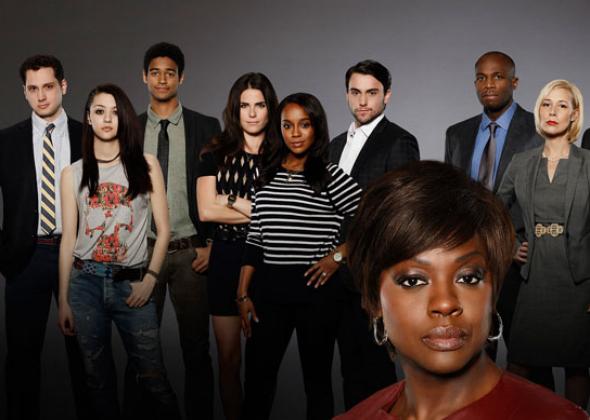available for purchase
at this time.
Link Roundup! – 4/10//15
Link Roundups feature articles and bits of internet goodness that our dramaturgy team digs up. If you find something you want to send our way, drop us a line on Facebook or Twitter!
♦♦♦♦♦
The WBUR ARTery featured this week’s presentation of the cities new cultural plan, Boston Creates, announced by Mayor Walsh and Julie Burros:
Boston Creates, or #BostonCreates, is the umbrella title for a 10-year plan to provide resources for the creative community, while engaging — and challenging — artists and audiences to articulate priorities for how those resources should be spent.
♦♦♦♦♦
Slate writer Aisha Harris spoke to several film and television actors of color about their experience during the recent “diversity boom” in Hollywood:
There’s also the question of what diversity actually means to casting directors. Wise characterizes the goal as “digestible diversity,” or a certain type of non-white look: Asian actors with typically American or European features (like freckles, she suggests); black women with a lighter skin complexion. You’ll go into an “all ethnicities” casting call, she tells me, and “without fail, you’ll wonder who got that [part], and it’ll be someone German (whose father is kind of half-black).” This perspective seems to have borne itself out in at least one particularly notable—and racist—casting call for the upcoming N.W.A. biopic Straight Outta Compton, which made headlines last year. In it, sought-after women were, whether intentionally or not, ranked in groups from “A” to “D” by race, class, and skin tone. (Group B, for instance, consisted of “fine girls,” who “should be light-skinned.” Group D, on the other hand, was listed as “African American girls. Poor, not in good shape. Medium to dark skin tone.”)
♦♦♦♦♦
This article about Cleveland’s arts scene is an interesting case study at how cultural engagement and investment can help a city grow:
Engaging the Future was launched in 2011 to spur the next level of innovative thinking. The $4.6 million program included executive-level seminars, hands-on workshops, and trainings in how to incubate an innovative idea. Financial support was offered in the form of annual operating support, grants to test innovative prototypes and implementation grants. For groups that raised matching funds, the foundation also awarded “innovation capital funds” to seed ongoing innovation.
♦♦♦♦♦
This article about how arts funding supports wealthy, white audiences is a couple years old, but has been making the rounds on social media and is worth checking out again:
Current arts funding patterns have roots that date back to the 19th century, the report found. Early cultural philanthropists focused on building institutions to preserve the Western European high arts to validate America’s position as a world power and serve an elite audience.
Funding patterns have been slow to change, even though attendance at such institutions is down. At the same time, government funding for the arts has been declining, especially at the state and local level, because the financial downturn.


